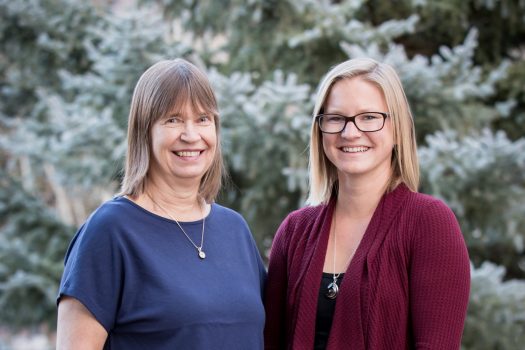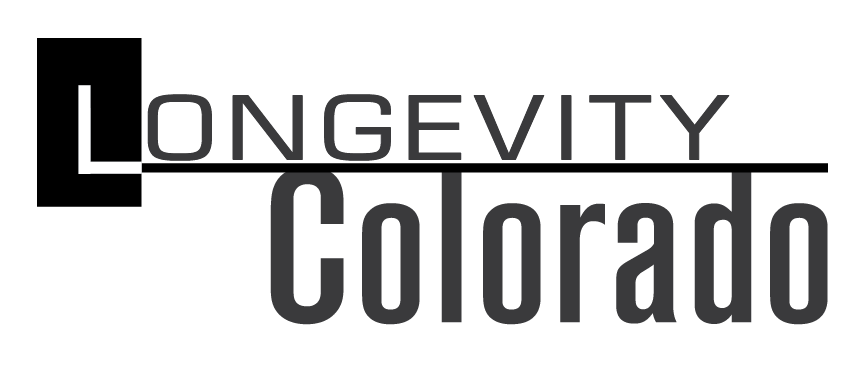
For the last half-century, high-tech startups dominated venture investments. Big risks were rewarded in hardware, software and business automation. With the advent of the Internet and cloud-based computing, thousands of personal functions were automated as well – everything from how we communicate with each other to finding our way from point A to B. With its massive market opportunity for new technologies, the Longevity Economy represents the next frontier in start-up capital formation and entrepreneurism.
One good example that’s tracking with historic high-tech funding and revenue models is Maria’s Place , an online platform providing aging- and dementia-friendly activities for older adults and their caregivers.

"The caregiver sector is growing exponentially, and they have new challenges. Our goal is to help solve some of their problems and make them more efficient by bringing a web platform that provides activities for caregivers and older adults.”
Top 10 Tips for Breaking into the Longevity Market
“Don’t go all in until you know exactly what you’re going to do and have the feedback and focus for a solid product or service,” explained Nichole. “We tried to go way too big at first with too many user services, but then discovered that investors aren’t going to go in for just a good idea unless it’s something like a Google or a Dropbox. We learned that we needed sales commitments before trying to win over investors.”
Most new companies in the aging space are focused on the medical needs of older adults. Maria’s Place is breaking away a bit by setting their sights on lifestyle and the caregivers’ interrelationships. This potential for market expansion should be inspiring to the next class of company founders.
Nichole and her team initially sought outside working capital, “…but it just didn’t work out. We weren’t far enough along, and weren’t getting any traction at all,” she said. “Our Catch 22 was that we needed a product first, and at the same time needed funding to make the product.”
Bootstrapping her way so far with family financing, and finally getting a viable product on the road in 2018, has helped Maria’s Place avoid the dreaded “selling your soul” for start-up capital that cuts too deep into founders’ sweat equity.
“We weren’t as focused as we could have been before we pivoted to the bigger organizations, the ones who employ the caregivers,” said Nichole. “Before that, the market was very scattered and complex, and we were trying to do too many things to reach it.” Pivoting to and from service offerings, revenue models, target markets and investor strategies are tough decisions, but are better handled in the early stages when risks, mistakes and corrections are more easily absorbed.
In his best-selling business books, author Jim Collins touts the three key factors in running companies that are Built to Last and grow from Good to Great:
- Start with a viable economic foundation;
- Be the best at something; and
- Get the right people on the bus.
Nichole’s family-financed founder team consists of herself (with expertise in financials and projections), Ryan Iguchi (the plugged-in Boulder tech guy), Nichole’s Dad, Ulf Lindroth (who has provided initial financing), and her aunt, Maria Brady, who has been working with older adults’ activities for decades (Nichole calls her “the content machine”).
“Maria has that deep, intuitive knowledge of how to engage with older adults,” said Nichole. “She’s seen how new activities can transform peoples’ lives.” This firsthand expertise forms the bedrock value proposition of the company. Maria lives in Ireland, and understands that the aging experience is the same wherever you go. Her talents bring Collins’ “be the best” criterion to the equation.
Though investors insist on credible competitive analyses, they have moved beyond the requirement of “no competition” for start-ups. Competition validates a target market; just be ready to show that you’re not only filling a need, you’re doing it cheaper, better, faster.
Caregivers have been dreaming up patient activities forever. Maria’s Place is bringing this well-established “manual” practice to an online platform for the first time, and for investors, this is always interesting. Etsy is a good example. People have been buying, selling and trading handcrafts and vintage collectibles for generations, but no one translated that process to the web until Etsy came along. Venture investors took a risk, and it paid off with this successful manual-to-online transference.
Marias Place saw a market with underserved customers and overworked caregivers, and came up with an online solution unlike anything else out there. “The caregiver sector is growing exponentially, and they have new challenges,” said Nichole. “Our goal is to help solve some of their problems and make them more efficient by bringing a web platform that provides activities for caregivers and older adults.”
After building their first prototype during the second year, Nichole realized the product was trying to do too much. “We saw that there were lots of other people out there doing different pieces of the puzzle for caregivers,” she said. “We figured out we were in over our heads. That’s when we started to just focus on the activities, since no one really does that.”
Finding the most valuable customers and cultivating them with a good product was one of the most important early lessons learned for Nichole and her team.
After looking for outside investors at first, “we decided that we needed to make this happen ourselves. We stopped focusing on raising outside capital, and began instead to focus on getting some early adopters, which led to winning our first customers,” said Nichole. “We’ll probably look again for investors in the next 6 to 12 months. We at least made contact with the funding groups that are focused on the longevity space, and there are a growing number of impact investors, socially aware individuals who care about the aging community.”
Nichole recently discovered that her best customers are activity directors in nursing homes. “They are super interested,” said Nichole. “We are giving some of them the product for free, asking for their input on functions, and how much they’d pay for it. We’re now thinking of charging individual users less, and then do more of a subscription up-sell to larger companies and organizations.”
Now focused on a more receptive customer base, the company is shoring up its sales and expertise before going out to the bigger fish clients, and later to more sophisticated venture-class investors with a stronger story and value proposition.
Tech investors evolved from funding single market solutions that could conquer a small customer base, to ones that could start small but then scale to multiple vertical markets. Nichole’s company focused on caregivers at first, and with some now settling in as regular users, there are cities, counties, universities, hospitals, home-care chains, nursing home and assisted-living conglomerates who can buy-in or invest at greater volumes in the future. In addition, having a founder based in Ireland is a great international foothold to eventually scale around the world.
While her many contacts continue to watch and wait, Nichole has built a network that can be kept abreast of company news, customer wins, user case studies, and be re-engaged on a number of levels as the company progresses. It took time to build these contacts, and the frustrating early years may actually pay off in this regard. “Everyone is interested,” said Nichole. “Everyone we’ve met over the last four years is very giving, and willing to stay in touch.”
Modern technology makes it possible to connect electronically across the country and around the world. And now that the company is starting to show sales results, the network they’ve built over time can help take this start-up to the next level.
“We have a support group and a couple of ads running on Facebook,” said Nichole. “People from all over the world signed up for our newsletter, so our name is getting out there and we’re getting some buzz. This is minimal effort and very cost-effective since we do everything ourselves.”
Perhaps one of the biggest lessons learned: “As a founder, you really have to be okay with doing everything,” said Nichole. “Put on every hat. Both Maria and I may be averse to being salespeople, but that’s one of the most important things we have to do if we are going to make this company happen.”
Reframing how to think about traditional tasks has been fundamental to Nichole’s journey. Like the tech ventures that came before Maria’s Place, this Colorado start-up is a strong example of how being flexible – always willing to recalibrate and revamp – is the key to survival. Driving hard with persistence and planning on that harsh learning curve is the only way to imagine and then realize the high returns that founders and investors strive for in reaching the multi-trillion-dollar longevity marketplace.
“This is a great time for entrepreneurs to come into this market,” said Nichole. “Everyone brings their own skill set. But the learning you gain along the way forces you to make everything happen, break barriers, grow your company and grow as a person.”
